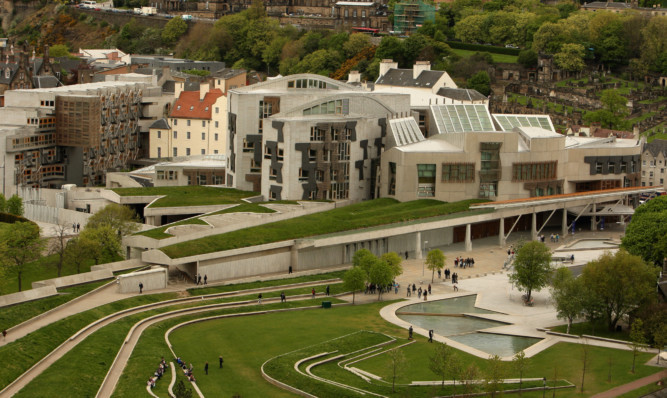The Scottish Government has put forward new proposals for Holyrood’s future funding arrangements, as time runs out to agree a deal with the UK Government.
Deputy First Minister John Swinney says the “further offer” addresses the UK Government’s concerns over fairness to taxpayers across the rest of the UK.
The governments must agree on how Scotland’s budget – the block grant – should be adjusted to take into account the new powers legislated for in the Scotland Bill.
Any deal must meet the principles of taxpayer fairness and “no detriment” – the idea that neither government should gain or lose financially simply as a result of the decision to devolve.
The Scottish Government believes a method known as per capita indexed deduction, which would take into account the fact that Scotland’s population is growing more slowly than the rest of the UK, is the best way of meeting the no detriment principle.
The UK Government says a deal must be fair to all taxpayers and “no detriment” does not mean “no risk”.
But the SNP administration says Scotland stands to lose about £3 billion over 10 years under a plan put forward by the Treasury.
First Minister Nicola Sturgeon yesterday dismissed the Treasury’s latest offer, which included £4.5 billion of compensation for the impact of population growth, spread over 10 years, as a repeat of their existing proposals.
Mr Swinney said: “With just over a week to agree the fiscal framework, I have written to the Chief Secretary to the Treasury with a further offer to try to resolve this process.
“Our new proposal ensures that taxpayers in the rest of the UK are no better or worse off as a result of the powers being devolved.
“Under the Scottish Government’s method, taxpayers in the rest of the UK will see no detriment. They do not lose a single penny under these plans.
“And, it will ensure that the Scottish budget bears the risk of population changes relative to the rest of the UK via the Barnett formula.
“In line with the Smith Agreement, the Scottish budget will bear the full financial costs or reap the full rewards of decisions taken here in Scotland.”
He added: “The Treasury have already agreed to look at this proposal, and I have listened carefully to the arguments they have put forward.
“This proposal addresses each of the specific technical concerns the UK Government has raised publicly and privately. We hope the UK Government will now act in good faith and agree this proposal.”
